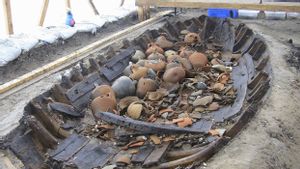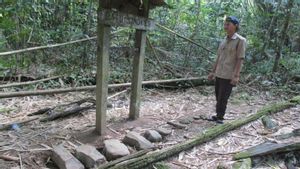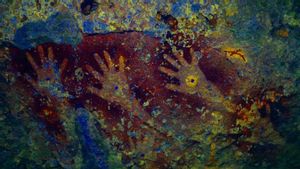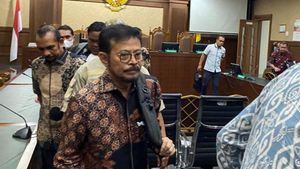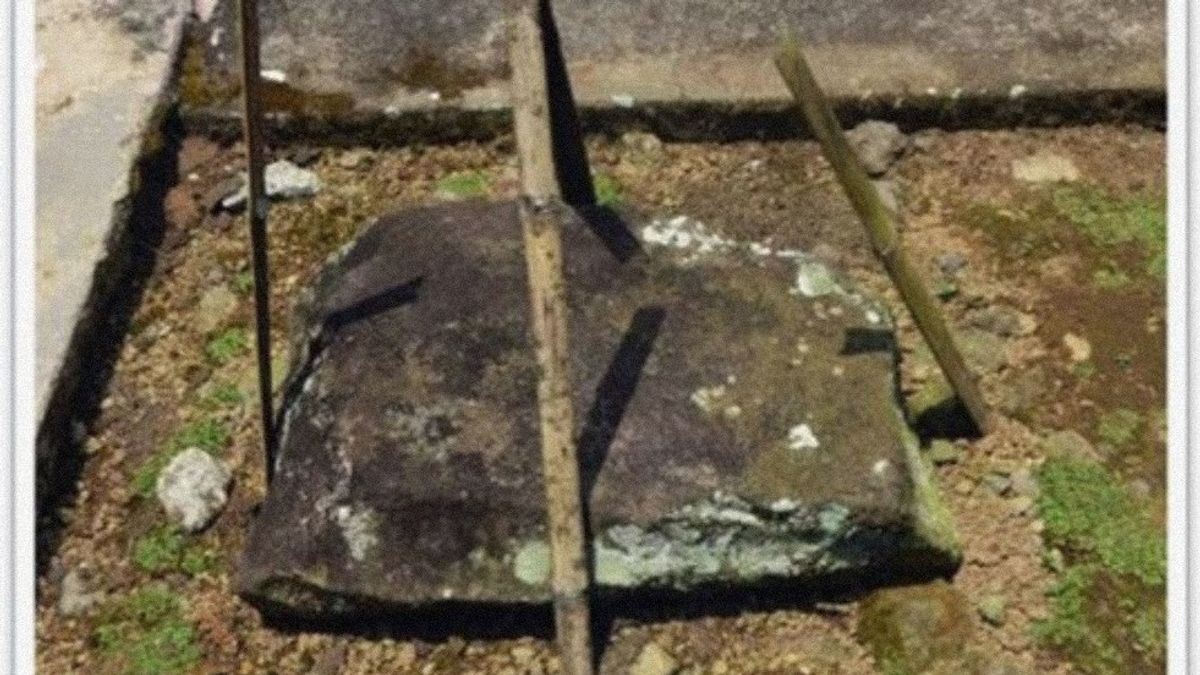
JAKARTA - Remains with megalithic characteristics (big stone age culture) with a variety of forms and functions found by archaeologists on Halmahera, Tidore and Moti Islands, North Maluku Province (Malut) are related to the concept of ancestor worship.
"There are various forms and functions of megalithic finds in North Maluku, all of which are based on the concept of ancestor worship," said archaeologist Marlyn Salhuteru from the Maluku Archaeological Center, quoted by Antara, Tuesday, October 26.
He said the megalithic remains recorded in North Maluku Province include stone altars, stone altars, stone mortars, stone mortars, sharpening stones, dakon stones, decorated stones, hollow stones and etched stones, and jere (a local term for sacred places) which is represented by menhirs, whole boulder, graves and big trees.
These relics are related to the concept of ancestor worship, spread over 15 areas and old villages or ancient settlements on the islands of Halmahera, Tidore and Moti.
Marlyn gave an example of a stone altar in the traditional village of Gurabunga. The stone altar made of natural stones in the form of flat or slabs measuring approximately 55x50 centimeters is used by the local community as a means of traditional rituals.
SEE ALSO:
Located behind the traditional house of Fola Jiko Sarabi, the Gurabunga traditional village is an ancient settlement which is administratively included in the area of Gurabunga Village, Tidore District, Tidore Islands City. In the past this area was included in the territory of the Sultanate of Tidore.
"Megalithic networks that have been recorded are on Halmahera, Tidore and Moti Islands. The lack of megalithic research in North Maluku causes our understanding of megalithic culture in North Maluku is still very limited," he said.
Furthermore, he said, North Maluku is an archipelago that belongs to the Wallacea zone. The province and its smaller surrounding archipelago have played an important role in Nusantara and global history from prehistoric times to the emergence of modern empires.
Halmahera Island, said Marlyn, has great potential as a route and bridge for the megalithic culture of the Archipelago and Southeast Asia.
Therefore, he along with five other archaeologists from the Maluku Archaeological Center, namely Lucas Wattimena, Karyamantha Surbakti, Muhammad Al Mujabhuddawat, Irfan Ahmad and Godlief Arsthen Peseletehaha in 2020 examined various megalithic remains in North Maluku Province.
The research during the COVID-19 pandemic was carried out using the literature study method, studying research reports from the Maluku Archeology Center, books, manuscripts and a number of scientific publications, such as journals, bulletins and others, then cartographic studies and focus group discussions.
"As a strategic island region with extraordinary natural and ethnographic resources, it is fitting that we get past information from this area," he said.
The English, Chinese, Japanese, Arabic, and French versions are automatically generated by the AI. So there may still be inaccuracies in translating, please always see Indonesian as our main language. (system supported by DigitalSiber.id)



